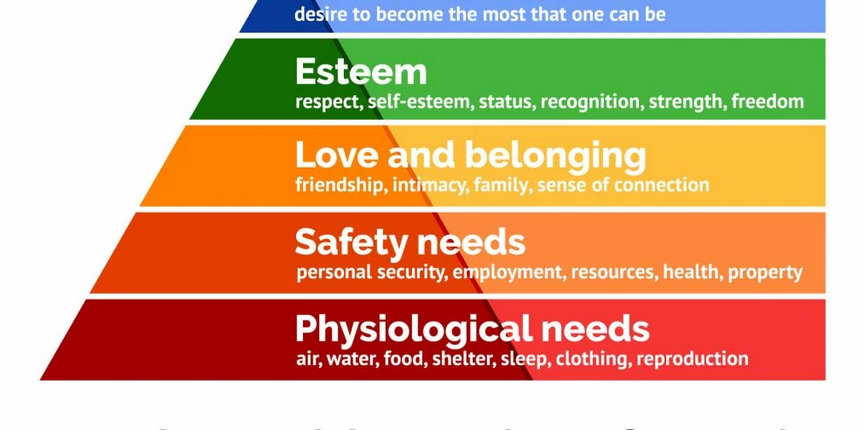Nurturing Customer Relationships through CRM
Building and nurturing customer relationships is at the heart of any successful business, more so in the hyper-competitive landscape of digital marketing.
Satisfied customers don’t just translate to repeat business; they’re your brand ambassadors in a world dominated by word-of-mouth marketing. But how can you consistently deliver stellar experiences to keep your customers hooked? That’s where Customer Relationship Management (CRM) systems come in.
Understanding CRM
CRM is a strategic approach that uses data analysis about customers’ history with a company to improve business relationships with customers, focusing on customer retention and ultimately driving sales growth. It’s not just software; it’s a business strategy that places the customer at the heart of business operations. A well-implemented CRM system is like having a personal concierge for each customer, allowing you to provide personalized experiences that cater to their unique needs.
One of the cornerstones of CRM is its ability to collect and organize data from various customer touchpoints. This information is then used to create detailed customer profiles, which help marketers to understand customer needs, preferences, and behaviors. A CRM system can significantly enhance communication with your customers. It can automate follow-up emails, send personalized messages, and remind sales and support staff when to reach customers.
CRM tracking customer interactions provides insights that allow businesses to customize their offerings to match individual customer needs. It helps to foster a relationship built on understanding and trust. Let’s take a look at how it impacts digital marketing.
The Role of CRM in Digital Marketing
CRM can be a powerful tool for improving performance and enhancing customer relationships in digital marketing agencies. Here’s how digital marketers use the power of CRM:
- Driving Lead Generation: By tracking the source of each lead, CRM helps marketers optimize their campaigns to maximize lead generation. A Nucleus Research report finds that of companies using a mobile CRM, 65% are achieving their sales quotas. It also helps in scoring and prioritizing leads more likely to convert.
- Enhancing Customer Engagement: CRM systems can help automate and streamline customer communications, ensuring every interaction is timely, relevant, and personalized. This leads to improved customer engagement.
- Optimizing Customer Retention: CRM data can help identify patterns and trends that indicate customer dissatisfaction, enabling proactive measures to address issues and improve customer retention.
Selecting the Right CRM for Your Agency
The success of your customer relationship efforts heavily relies on selecting the appropriate CRM system. To ensure a smooth flow, here are the key factors you should consider:
- Assessing Your Agency’s Needs: The initial step is identifying your agency’s specific requirements. Consider factors such as your customer base size, the complexity of your sales process, and your team’s technical proficiency.
- Evaluating CRM Features: Explore the range of features different CRM systems offer. Consider whether functionalities like lead management, email integration, and analytics capabilities are essential for your agency.
By following these guidelines, you can make an informed decision when selecting the right CRM for your agency.
CRM Strategizing With Onimod Global
Before we can help a client effectively use a CRM system, we must first understand the client’s business needs, goals, and existing processes. It involves identifying key customer segments, marketing channels, sales processes, and customer service protocols. Onimod Global can help businesses identify areas where they struggle, such as lead management, customer retention, or data analysis.
Different CRM platforms have different features, benefits, and limitations. Onimod Global can help clients choose the right CRM system based on their needs and budget. We can advise on the CRM’s capabilities, scalability, ease of use, integration with other tools, and more.
Setting Up the CRM System
Setting up a CRM system can be complex, especially for businesses without a technical background. Onimod Global can help clients set up the CRM system, including configuring the software, importing existing customer data, and setting up workflows to automate tasks. We can also ensure the CRM integrates seamlessly with the client’s other systems, such as email marketing software, website, and social media platforms.
Even the best CRM system will only be helpful if the client’s team knows how to use it effectively. We can provide comprehensive training to clients, ensuring they can navigate the system, input data correctly, and understand the reports generated by the CRM. They also offer ongoing support to solve any issues that may arise.
Onimod Global can help clients analyze this data to gain insights into customer behavior, preferences, and needs. We can use these insights to craft targeted marketing campaigns, personalize customer communication, and improve customer service. We can also set up dashboards and reports that help clients track their performance and make data-driven decisions.
Final Thoughts
CRM systems are not just about managing customer data; they’re an indispensable tool that empowers your business to understand better, engage with, and serve your customers. And in a world where customer satisfaction is paramount, this investment promises significant returns.
These systems, however, are not a one-size-fits-all solution; the right CRM for your organization aligns with your business goals, customer base, and existing processes. Selecting and implementing the most suitable CRM system can be challenging, but that’s where Onimod Global steps in.
Contact Onimod Global to start the conversation today.


